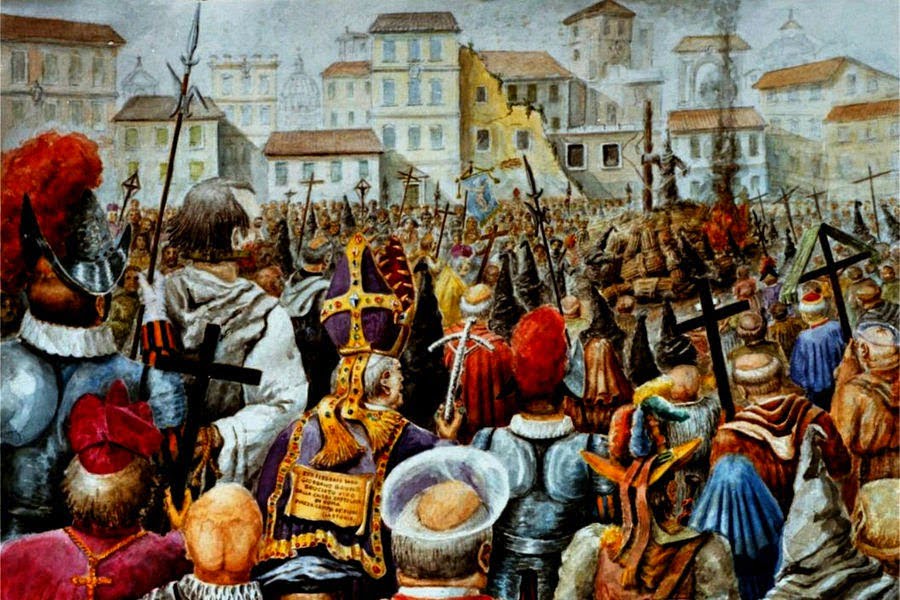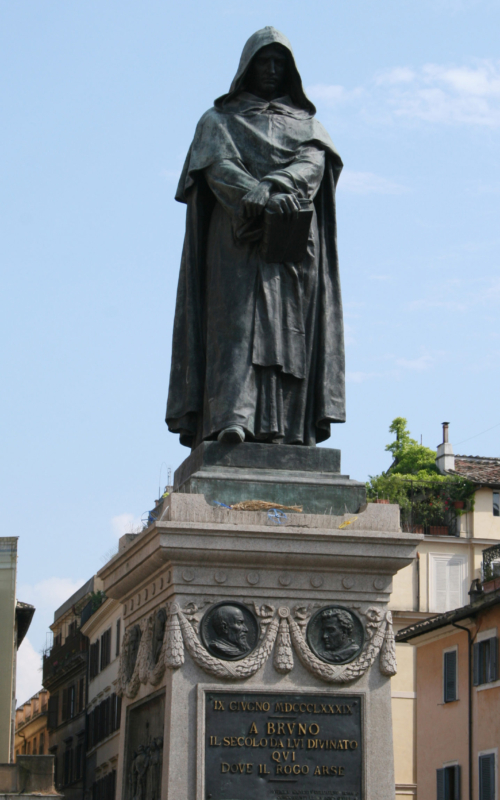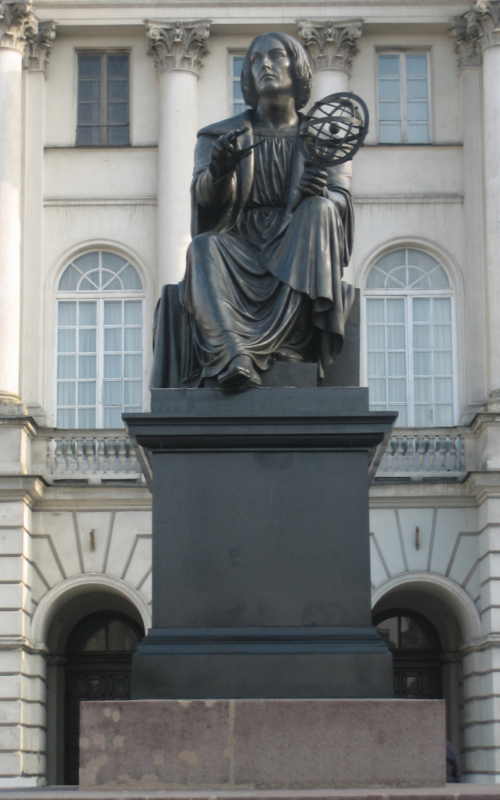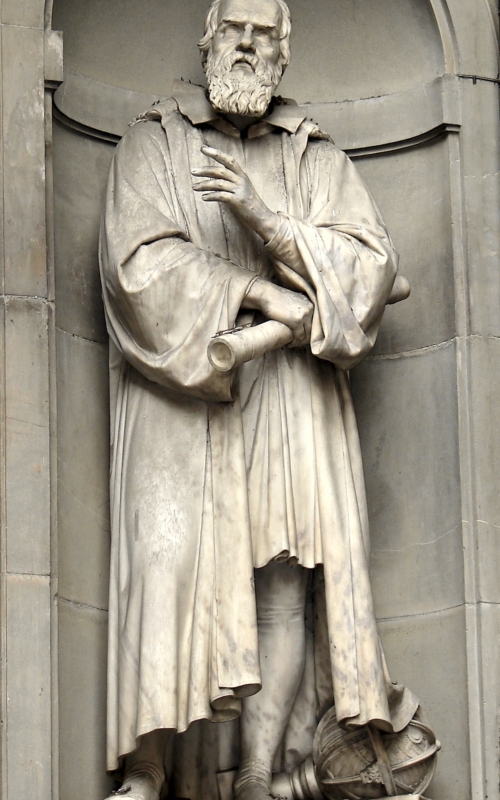Many believe that the Inquisition executed Giordano Bruno at the stake because he supported the concept of heliocentrism. Let's figure out how it really happened.
Giordano Bruno is one of the most famous thinkers of the Renaissance who spoke out in support heliocentric models of the world. True, unlike Galileo Galilei and Nicolaus Copernicus, he ended his days at the stake of the Inquisition, and many sources associate this with his scientific beliefs. Even the monument erected at the site of Bruno’s execution is decorated with the inscription: “From the century that he foresaw, at the place where the fire was lit.”
Let's start with the fact that Giordano Bruno was not a scientist in the sense that Copernicus or Galileo were - it would be more fair to use the word "philosopher" or "thinker". Being a Dominican monk, Bruno did not construct a telescope, did not draw maps of the starry sky and did not conduct scientific experiments, but based his thoughts mostly on Christian doctrine, trying to rethink it from the standpoint of Neoplatonism, Pythagoreanism and other teachings based on ancient philosophy. This difference is also reflected in the statues of Bruno in Rome, Copernicus in Warsaw and Galileo in Florence - compare the crossed arms of a hooded monk and men in secular clothes holding either an astrolabe with compasses or a scroll.
Why then was Bruno executed? For many years he was persecuted for ideas that contradicted Christian dogma, because of which the thinker was forced to leave Italy. However, in 1591 he returned to give private lessons to the aristocrat Giovanni Mocenigo, with whom his relationship quickly deteriorated. Mocenigo sent three denunciations to the Venetian inquisitors, outlining the concepts and criticisms expressed by Bruno regarding the organization of the church, the person of Christ and the foundations of Christian doctrine, and also emphasized the desire of his former mentor to found a sect called “New Philosophy”.
Over the next seven years, Bruno was under investigation by the Inquisition. Judging by the surviving documents, leading theologians tried to convince him and prove the correctness of the official teaching, to which Bruno responded with increasingly seditious statements - in particular, he admitted that he did not believe in the dogma of the Holy Trinity. How notes researcher Frances Yates's surviving summary of the proceedings "shows how little attention was paid to philosophical or scientific questions during the interrogations." When asked in the winter of 1600 to renounce his heretical statements, Bruno replied that he had never made any such statements, so he had nothing to renounce, and the authorities decided to execute him.
In the surviving verdict there is no detailed description of the arguments supporting the accusation - we can judge them with some degree of confidence from the letter of the Jesuit Kaspar Schoppe, who was probably present when the verdict was announced. Heliocentrism is not mentioned at all in them, in contrast to similar statements by Bruno: “Christ was a famous magician... and for this he was deservedly hanged and not crucified,” “Moses invented his own laws,” “the soul moves from one body to another and even to another world.” Thus, the conclusion that the reason for the execution of Giordano Bruno was his belief in the Earth revolving around the Sun is unfounded.
Fake
Read on topic:
- https://arzamas.academy/mag/164-bruno
- https://historyforatheists.com/2017/03/the-great-myths-3-giordano-bruno-was-a-martyr-for-science/
- Martinez, Alberto A. Giordano Bruno and the Heresy of Many Worlds. Annals of Science 73, no. 4 (2016): 345-74.
If you find a spelling or grammatical error, please let us know by highlighting the error text and clicking Ctrl+Enter.










